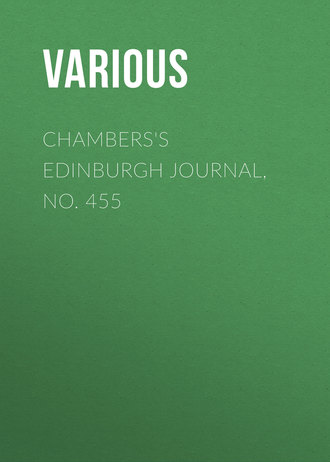Chambers's Edinburgh Journal, No. 455
 полная версия
полная версияChambers's Edinburgh Journal, No. 455
Жанр: учебная и научная литературазарубежная старинная литературазарубежная образовательная литературазнания и навыки
Язык: Английский
Год издания: 2019
Добавлена:
Настройки чтения
Размер шрифта
Высота строк
Поля









